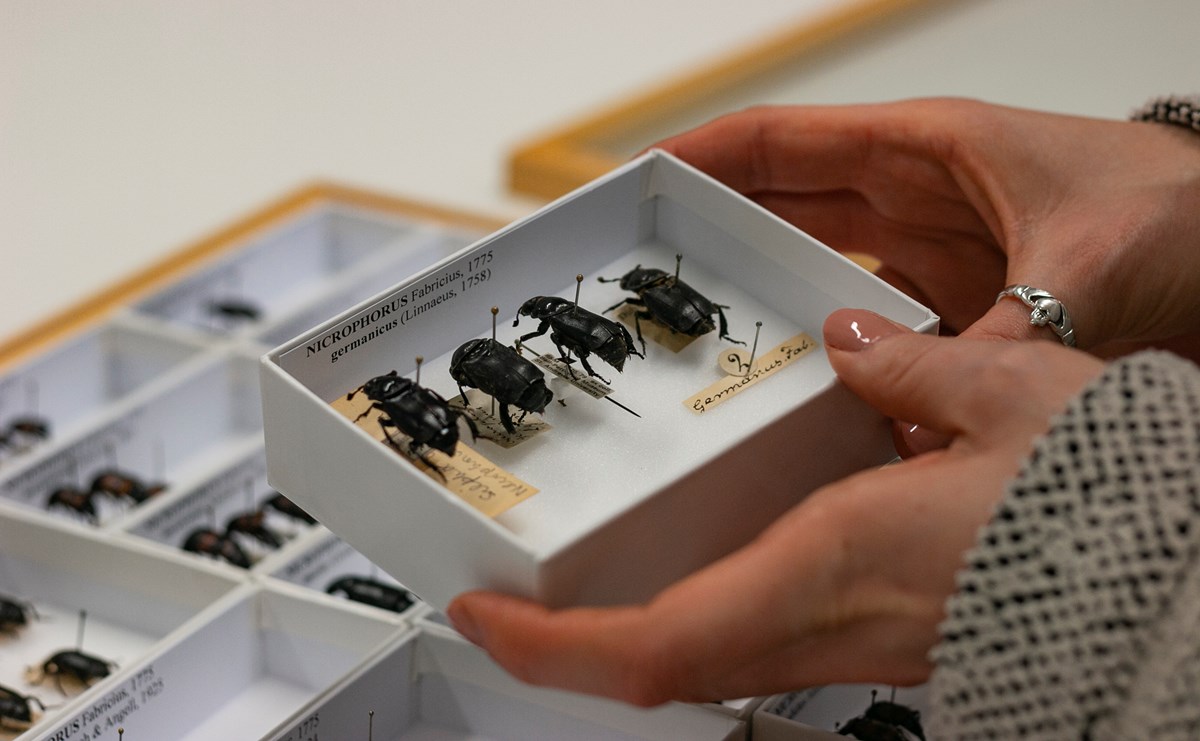Key in a search term below to search our website.
Key in a search term below to search our website.

Bumblebee spiciments from our collection, Common Carder (Bombus Pascuorum).
© National Museums Scotland
Bumblebee spiciments from our collection, Common Carder (Bombus Pascuorum).
© National Museums Scotland
Tap, click or select 'Back to top' on the lower right of your window to navigate back to this menu.
Our entomology collection at National Museums Scotland contains approximately 2.5 million insect specimens, which are cared for and studied at the National Museums Collection Centre. Watch this video to learn about why we collect insects and what they’re used for.
Museums collect insects because these physical specimens are so scientifically valuable. For example, physical specimens are essential for species identification, which requires careful examination under a microscope and sometimes dissection.
Collections also play a crucial role in species discovery, as they are repositories for primary types (the specimen that the species description is based on) and other comparative material. This is important, as more than a million species of insect have been described to date, but it’s estimated as many as 30 million species may exist.
Physical specimens can provide lots of additional information. You cannot extract DNA from a photograph or analyse pesticide residue from a written description. Many specimens together, accompanied by good data, allows us to study species change. Information like this is a vital resource for addressing globally important issues, such as:
Insect collections are also a wonderful resource for public engagement. They provide opportunities for training, education, public displays and outreach, and can even be reference material for artists.
For the full potential of these collections to be realised, they must be carefully maintained, properly curated and be made as accessible as possible to researchers.

An example of slide mounted insect specimens. © Neil Hanna

When you are ready, move on to the next section.
Continue